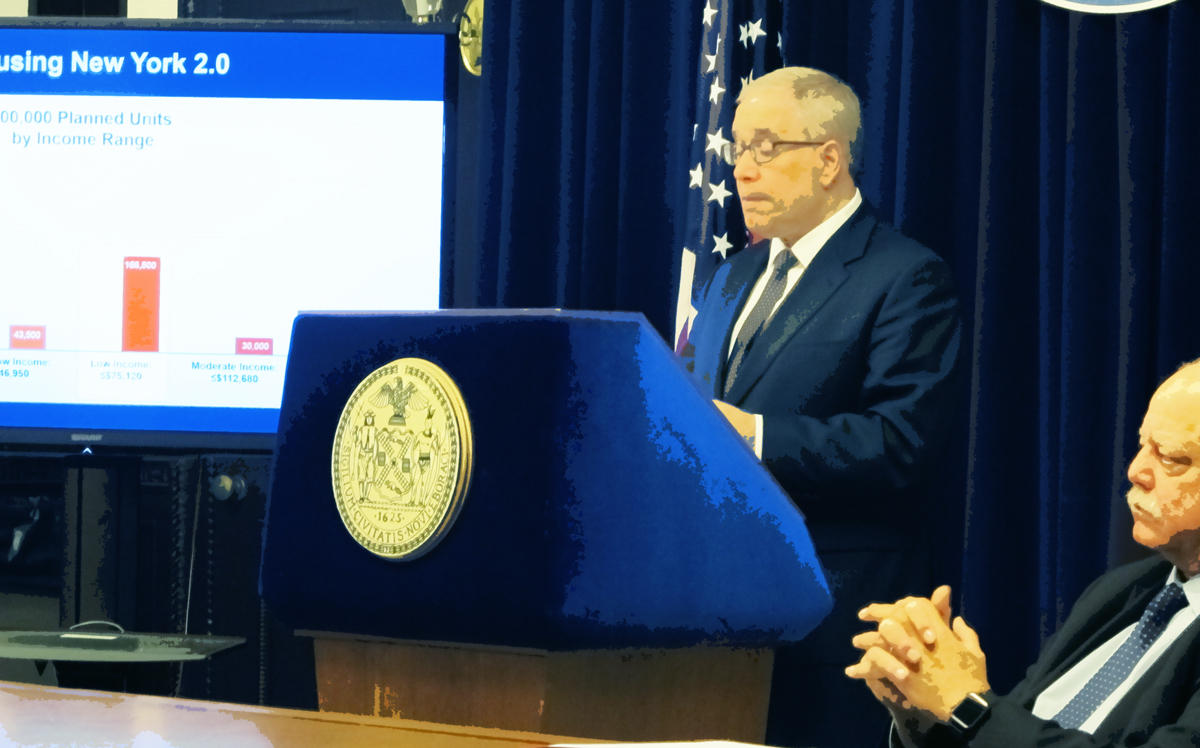Trending
Here’s why Scott Stringer wants to nix the mortgage recording tax
Move would be part of a plan to increase affordable housing in the city

New York City Comptroller Scott Stringer wants to boost affordable housing in New York City by getting rid of the mortgage recording tax and revamping the city’s tax code.
Stringer unveiled his proposal at an event on Thursday morning, where he again criticized Mayor Bill de Blasio’s affordable housing plan for not being ambitious enough. His office published a report stating that the plan is not reaching about 580,000 households in New York City that are paying more than half of their income in rent, living in overcrowded apartments or have been living in homeless shelters for more than a year. Less than 25 percent of units in the de Blasio administration’s Housing New York plan is being built for them, according to Stringer.
Stringer’s proposal, dubbed “NYC for All,” calls for increasing investment in affordable housing by $375 million per year and establishing a new $125 million operating subsidy to make sure that buildings can keep rents affordable and meet basic maintenance needs. It also calls for tripling the amount of new construction set aside for the homeless from 5 percent to 15 percent.
To pay for this, Stringer has called for the elimination of the mortgage recording tax, which only applies to people who borrow to buy or refinance a home, and the restructuring of the real property transfer tax, which applies to all purchases. The transfer tax would increase along with the price of the property, reaching a top marginal rate of 8 percent for homes that sell for more than $10 million.
The idea is to shift the tax burden away from middle-class New Yorkers who need mortgages to buy a home and toward wealthier residents who can afford to make all-cash purchases, according to Stringer. In 2016, these all-cash purchases accounted for more than 80 percent of Manhattan condo sales and 90 percent of Manhattan townhouse sales for more than $5 million, according to the comptroller’s office.
The new tax system would raise up to $400 million per year that the city could use to finance more affordable housing and reduce homelessness, and it would save the average middle class New Yorker more than $5,700 when buying or refinancing a home, the report says.
Making these changes to the tax code would require legislation at the state level, and Stringer was confident that this was a real possibility now that Democrats are fully in control of the legislature.
“We want to change our approach,” he said. “For too long, we have been building affordable housing that’s unaffordable for so many of our communities. We can fundamentally change that by legislative action in Albany.”
In September, the comptroller’s office had to issue a major correction on an affordable housing figures it released. A report overstated the number of apartments that rented for $900 or less that had been lost: the original figures said 1 million such units disappeared between 2005 and 2017, when the actual number was 425,492.




